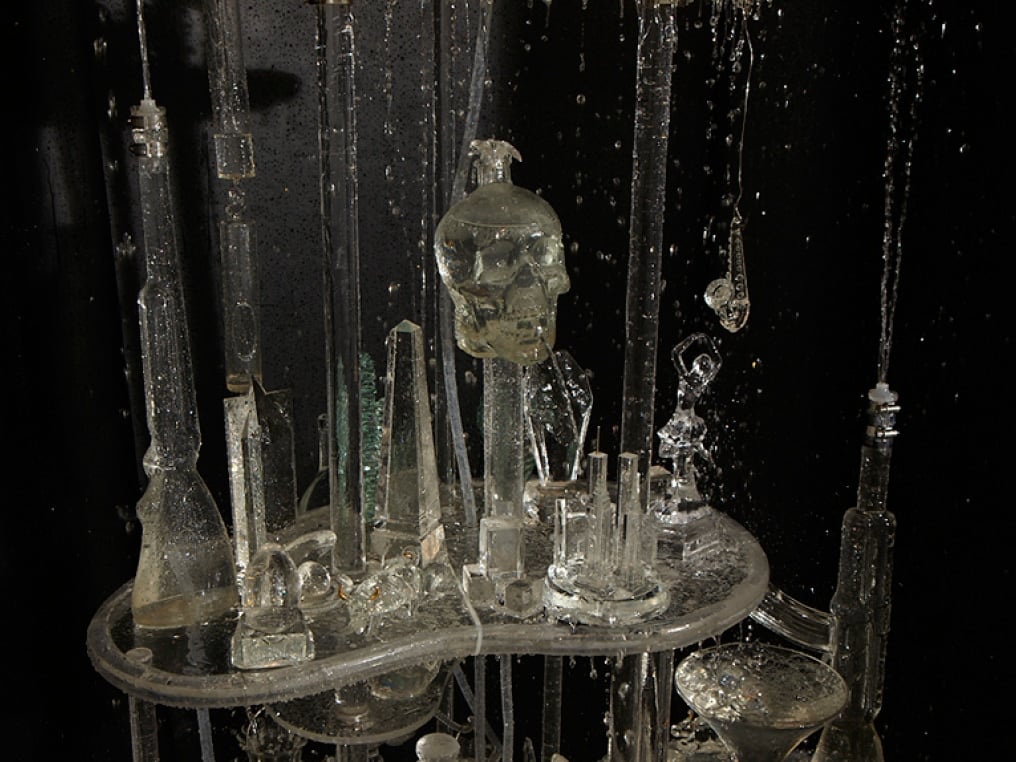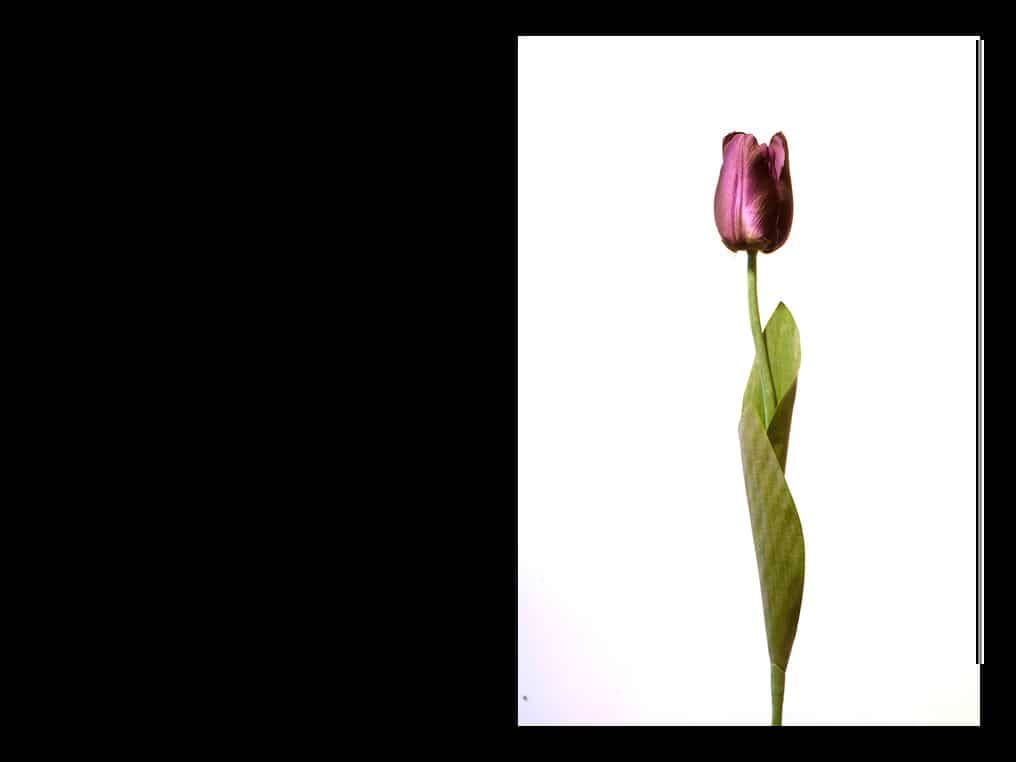David Baskin – Artist Profile

Negotiating the uncertain border between the art object and consumerism, David Baskin’s recent sculpture explores the underlying agendas inherent in the “formal” properties of everyday consumer goods. Baskin begins with the objects themselves, making molds and casts directly from their forms, or disassembling and reconfiguring them to highlight their not so subtle appeals to our unconscious desires. From an industry that has long appeared obsessed with Freud’s ideas about obsession, come endless sublimations of the latent eroticism lurking underneath even the most benign purchase. Read the interview by Natalie Kates below –Words by Peter Scott at Carriage Trade Gallery.

David Baskin “Chrome Still Life” – “This piece references 17th Century Dutch Vanitas painting as a means to examine the relevance of the still life in today’s culture.”

David Baskin “Fountain”

David Baskin “Fountain”

David Baskin “Fountain”

David Baskin – Dove bottles

David Baskin – Dove bottles

David Baskin – Tulip Mania

David Baskin – Tulip Mania
After visiting David Baskin’s latest show at Carriage Trade Art Gallery, I found myself at the artist’s studio in Bushwick, Brooklyn, right in front two large sculptures: a crystal water fountain and what looks like a chrome floor sculpture, which takes up most of the studio.
Natalie Kates: David, like your Dove bottle installations, both these pieces remind me of department store displays. What’s your fascination with display and how the viewer views the object?
David Baskin: Well, it goes back to what your initial reaction was to the bottle display in reference to the retail display. I have always been fascinated by store displays. Sometimes I get more excited going to stores than museums these days, because you are increasingly seeing this reversal where designers and producers are using artistic strategies to sell products. In the past, the pop generation drew from popularized culture and incorporated it in their work. But now there is this fluid interchange. I find it fascinating, and am trying to consciously make that connection with the sculpture, without being overly illustrative about it.
Natalie: Your pieces tap into consumerism. Is that on purpose?
David: Yes, absolutely. It’s become a force that’s inescapable. The work has that foundation conceptually, but without being so literal or didactic about it. I think the visual experience is an important one, and an enticing one, and it also gets back to the notion of retail display as well. As consumers we are drawn by the sexiness of the object or display, and some of the designs specifically have direct references to formal artwork.
Natalie: You also created a series of perfume bottles, similar to the Dove bottles. All of these pieces have no labels but retain their silhouette. Can you tell me more about this process and why focusing on consumer products?
David: Obviously there is no particular or functional reason why consumer objects are designed the way they are. This is purely for aesthetic reasons. There is a kind of minimal modernist element to it, which is what drew me to them initially. By making molds on them, I didn’t alter the forms at all, but I brought them back to their essence and form without any of the distraction from the label and the branding. So you are left with the pure form and an underlining meaning behind that form. This process has made the shapes become highly erotic, some even look like dild*s.
Natalie: That’s what I found fascinating indeed: how in-your-face and erotic the piece becomes when you stripped away all the labels and kept the shape. I wonder how much market research goes into that as well. Even the Dove bottles, they look to me like an oversized birth control pill or pharmaceutical drugs. Can you tell me about your tulip photographs, or, better, photographs of fake tulips?
David: I am using a historic art reference, the Dutch paintings from the XVII century representing tulips, when tulips were traded as a commodity. The early Dutch economy was fundamentally based on trade, with the first corporations and so on. The tulip mania of the XVII century was the first speculative bubble leading to a market crash. So, the tulips become symbols, and the still life becomes a symbol as well. Hence, I am using the tulips images, with their historical meaning, to address current issues of consumerism, commercialization and globalism, again while trying to avoid being too didactic.
Natalie: The chrome sculpture/installation takes up most of your studio. Can you tell me more about this piece?
David: I am again drawing upon historical art models to address contemporary issues. This piece references 17th Century Dutch Vanitas painting as a means to examine the relevance of the still life in today’s culture. An abundance of commodities based on trade comprised much of the objects on display in early Dutch still life painting. Perhaps the current incarnation of the still life exists outside of an art context and more within the commercial retail environment, where an endless quantity of consumer goods is on display in enticing arrangements.
Natalie: In front of me is a 10-foot tall crystal fountain. What’s the story behind this piece?
David: This is the sister piece to the chrome piece. So, again, it’s the same source and idea, still life, with this skull and some of these tropes referencing these historical Vanitas paintings, but a different medium. I started with a vertical system, and looking at it, I felt it lacked something, a dynamic. As I was looking at the fluidity of the piece and how it became a connected tissue, I realized that this sort of implies water, so I turned it into a fountain. But by the fact that it becomes a fountain, it also speaks to how the significance of fountains has changed: how once they were very much integrated in the civic life, for people used them to actually get water for drinking and washing, while now they are a symbol of wealth and power. That interested me as well.
Natalie: Is there a reason that you chose to use in your fountain sculpture crystal bottles that at one time contained alcohol?
David: Yeah, they were vessels, they were hollow, there was a real functional aspect to it, but the fact they used to contain alcohol puts it over the top, gives that sense of decadence, again relating to how the fountain now becomes a symbol of wealth.
Natalie: It’s like you have two pieces here, a visually beautiful crystal sculpture, which reminds me of a piece of carved ice, and then, when the fountain is turned on and becomes alive, a multi-sensory, dynamic, almost liquid piece. It’s like when you start electrifying a neon piece. Thank you David!
David: Thank you!
Visit David Baskin’s website at www.davidbaskin.net